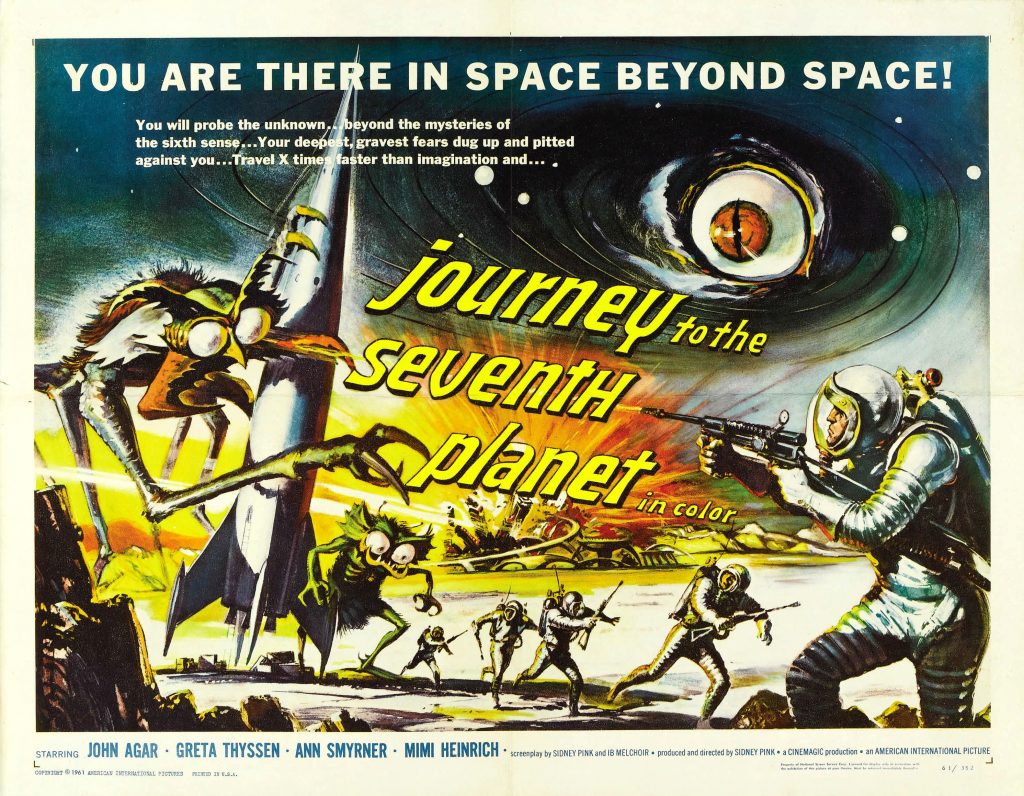 This is a little film I put together for Vinegar Syndrome wich is one of my side projects I do out side of filmmaking. I have made this just for fun and I really don’t know why I even made it really.
This is a little film I put together for Vinegar Syndrome wich is one of my side projects I do out side of filmmaking. I have made this just for fun and I really don’t know why I even made it really.
Disclamer:
The film you are about to see is not considered by me ..to be one of my films . This film is more less a promotional film for Vinegar Syndrome which is the sound arm of my creativity. I wanted to put together a little music video but I wanted to keep it separate from my normal line of filmmaking . I did not want to be in it and I did not want my name on it. I did however want my synthesizers in it because they are the backbone of the whole entire Vinegar Syndrome thing
So I cobbled together these images of my gear along with unused footage from unreleased projects and things. The sound was totally improvised. ~ I hope you enjoy
Vinegar Syndrome : Analog Dreaming from Jon Behrens on Vimeo.
 12 to the Moon is A low-budget addition to the space age heyday of science fiction films which began multiplying in the early 1950s, 12 to the Moon (1960) offers its own twist on the popular chestnut which would become reality nine years after its release: mankind’s first visit to the moon. While mankind continued to see competition in space exploration between American and the Soviet Union for years to come, this film instead proposes an inaugural lunar expedition aboard the Lunar Eagle comprised of an international team of a dozen astronauts from the United States, Poland, Israel, Sweden, Germany, the Soviet Union, Japan, France, Brazil, Britain, Turkey, and even Nigeria.
12 to the Moon is A low-budget addition to the space age heyday of science fiction films which began multiplying in the early 1950s, 12 to the Moon (1960) offers its own twist on the popular chestnut which would become reality nine years after its release: mankind’s first visit to the moon. While mankind continued to see competition in space exploration between American and the Soviet Union for years to come, this film instead proposes an inaugural lunar expedition aboard the Lunar Eagle comprised of an international team of a dozen astronauts from the United States, Poland, Israel, Sweden, Germany, the Soviet Union, Japan, France, Brazil, Britain, Turkey, and even Nigeria.